Getting insurance on your home is a great idea. And generally pretty inexpensive. Most providers can bundle home and car insurance together to get an even better rate on both. The average rates in Michigan this year were about $75 a month.
Getting insurance on an abandoned building?

The first hurdle, which you might encounter from any provider for any home, is the fact that no one currently is living at the hoard. Occupied homes have better upkeep, and are less likely to be broken into since unsavories casing the joint can see activity. Some things will need to be taken care of in terms of security, which will help ease this issue.
Another important consideration is the general repair of the building, and whether any renovations are underway. The exterior of the house needs to be secure. This includes the roof, windows, and doors. The roof is more or less fine on the hoard, as are the doors. But, many of the windows are broken (glass and/or sash).
There are also other ingress points for water that need to be attended to. Some of which remain a mystery.
So, we have some work to do if we want any insurer to even take a second look at the place.
Security
Essentially, securing the building boils down to locking the doors and windows, to reduce the risk of vandalism. Even though doors are usually nailed shut, the adjuster we talked to wanted padlocks as well.
Padlocking the door is no problem at all at all. Faith. Gwan now. I added a hasp and keyed lock to the door.
Safety
The safety aspect helps makes sure that no one can get hurt at the property. Windows with broken or cracked glass need to be boarded up, and other structural safety issues should also be attended to, like loose stair treads or banisters.
There were quite a few windows we had taped up with cardboard to keep bugs and birds out, But, this wouldn’t be sufficient for water, or to protect people who meander onto the property from falling glass shards. So boards had to be put up.
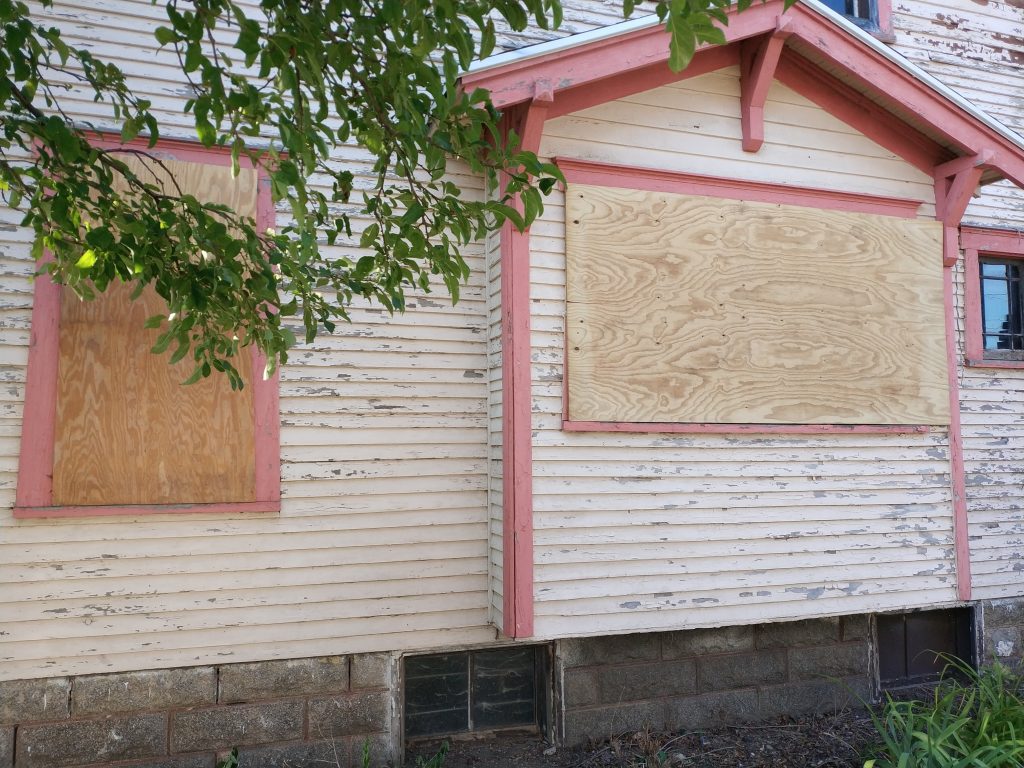
Systems also need to be in good repair or suitably protected, like gas lines, wiring, and plumbing. Well, we only have one of those three, so it should be a bit easier. Essentially, we need to make sure any knob and tube wiring is located and removed.
There was only one bit that I found, which is supplying the basement light switch. I disconnected and wire-nutted this circuit for our walkthrough.
Stability
Insurance adjusters also want to be sure that a building won’t fall down of its own volition. Crumbling walls or falling plaster (yikes), or very slanted floors, would be indicators that other structural problems need to be addressed.
There are some pockets of old water damage in the living room, which are plastic-ed over, but we aren’t sure what they contain.
That is, we didn’t know what they contained, until I brushed up against one of them and it fell on my head.
@*%&#!
It contains 100 year old roof dirt, by the way. But, it is dry, so I believe that this damage occurred before the roof was replaced or repaired, but I can’t be positive of that until we have a closer look.
Ingress of water is also a consideration, by way of roof or windows. Agents want to avoid blatant water damage risks, too.
Not much that can be done about the roof immediately, other than clearing off any organic material that could be letting water sit and wick inside. Time to clean house.
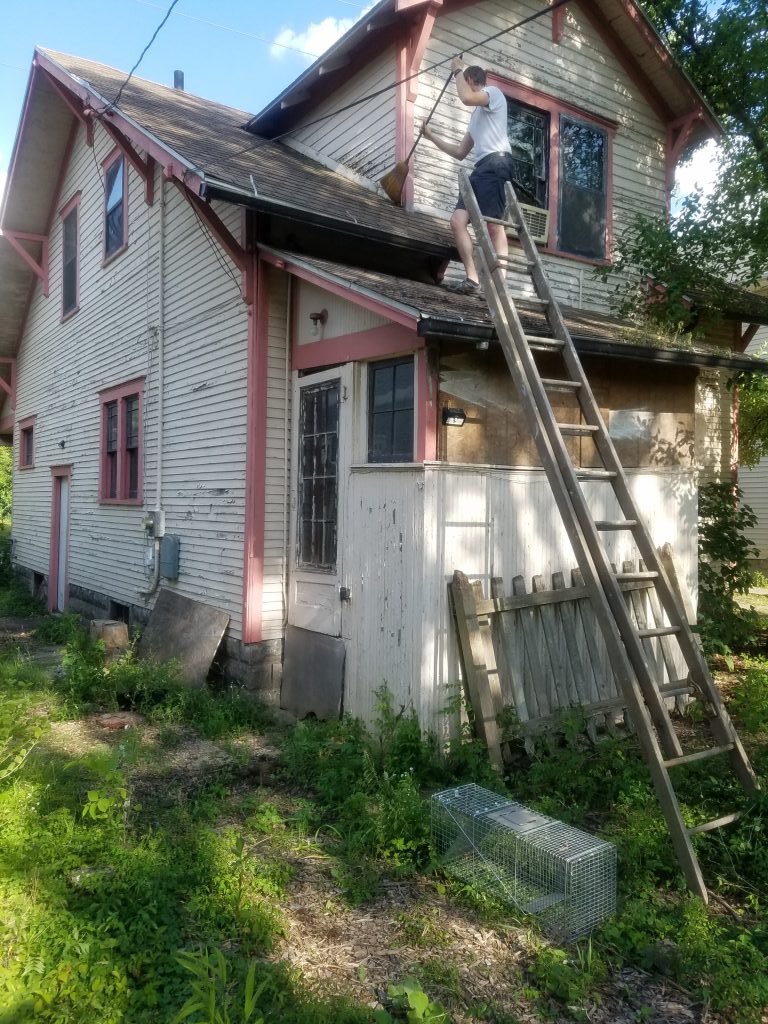
There is one window that we didn’t have quite enough wood for boarding up, so we added plastic sheeting instead.
And Now…
…we wait. Our agent came through and took a few pictures, but was eerily quiet. The adjuster should get us a letter soon, and hopefully it has good news, but I’m preparing for the alternative.

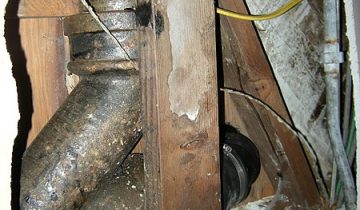
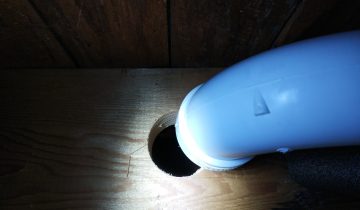
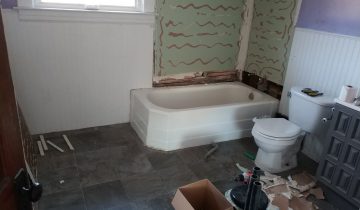
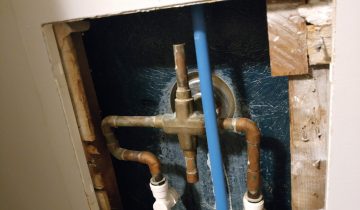
Must say, these updates really make my day. Hope it all goes well!